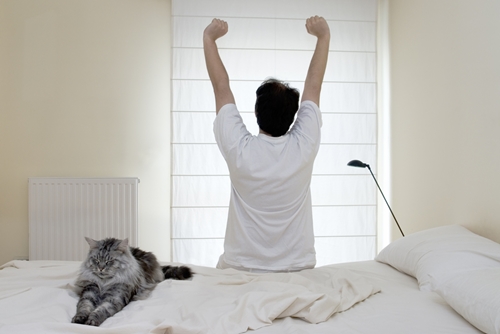There's an art to running. And while many exercise enthusiasts take care to maintain proper form while working out on their home treadmills, having the right breathing technique often goes by the wayside, even though it can make it possible to run longer with less effort.
"Runners think about training their heart and legs, but they rarely think about training their lungs," Mindy Solkin, owner of The Running Center in New York City, told Runner's World. "A strong respiratory system can improve your running. It's a simple equation: Better breathing equals more oxygen for your muscles, and that equals more endurance."
While having great fitness equipment, such as the TRUE PS300 treadmill, can help motivate you to run farther and longer by providing the tools you need to meet your fitness and weight loss goals (its eight preset programs make working out a no-brainer), it's difficult to run very long without breathing properly.
There are a few approaches that runners can take to train themselves to have breathing techniques that will enable them to run well. Firstly, runners should practice breathing deeply. Your body needs to deliver a constant supply of oxygen to its muscles during a run to provide the strength and energy needed to keep going, and this can't be accomplished without deep breaths from the diaphragm.
"When you take deeper breaths, you use more air sacs in your lungs, which allows you to take in more oxygen to feed your muscles," Dr. David Ross, a pulmonologist at UCLA Medical Center, told the source. "When I'm running, I concentrate on taking slow and deep breaths to strengthen my diaphragm."
During your run, it's important to breathe in a rhythm. Match your inhaling and exhaling to your steps (try inhaling for two or three counts and exhaling for the same amount of time). If you are unable to match your breathing to your steps, try slowing down your pace.
Although it may feel more natural to breathe through your nose, during a run it's better to breathe through your mouth because it will allow you to intake more oxygen. However, according to FitSugar, runners should breathe through their noses during colder weather because the dry air can trigger wheezing and coughing. In either case, concentrate to make sure your breaths are coming from your belly rather than your chest and you will boost your endurance.






